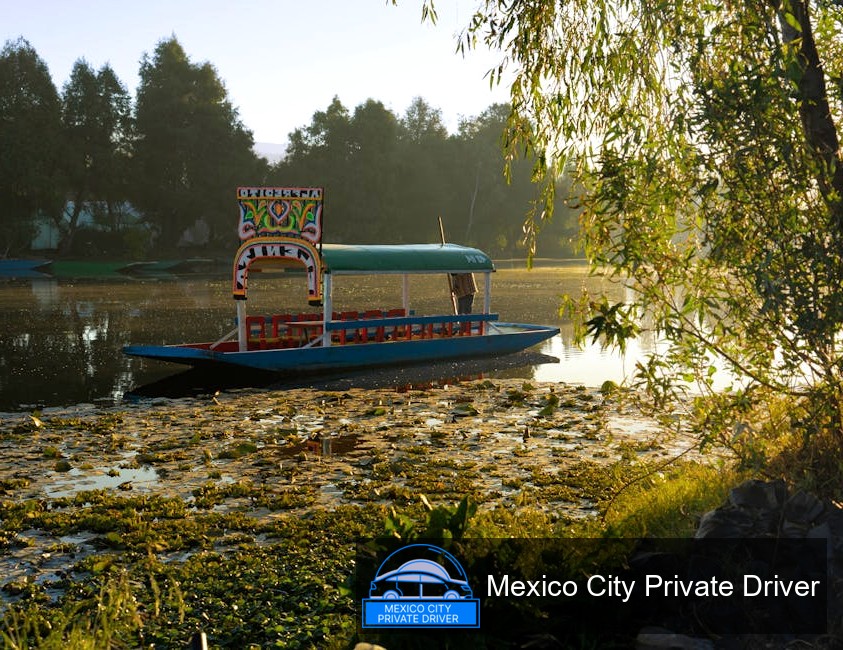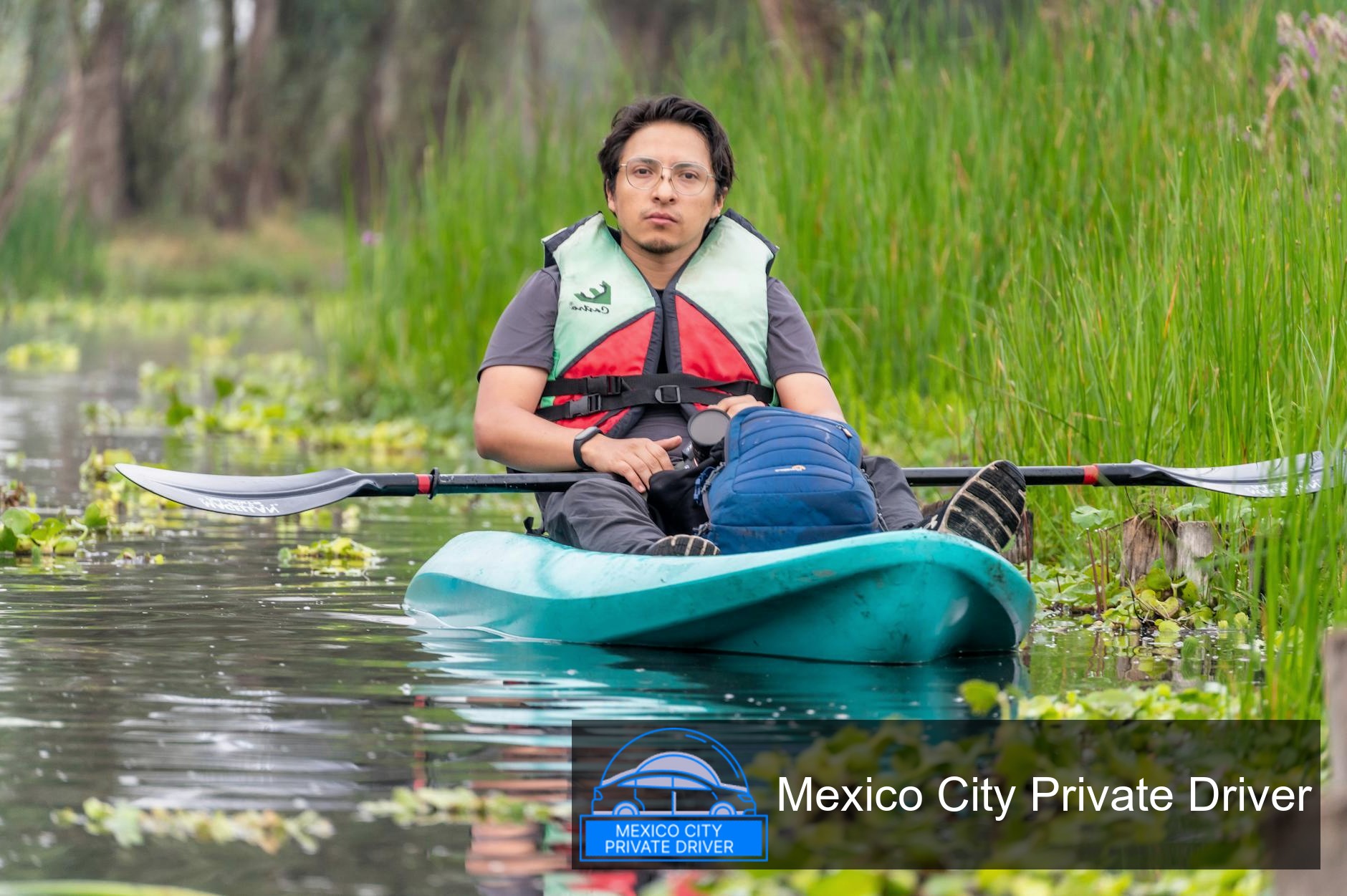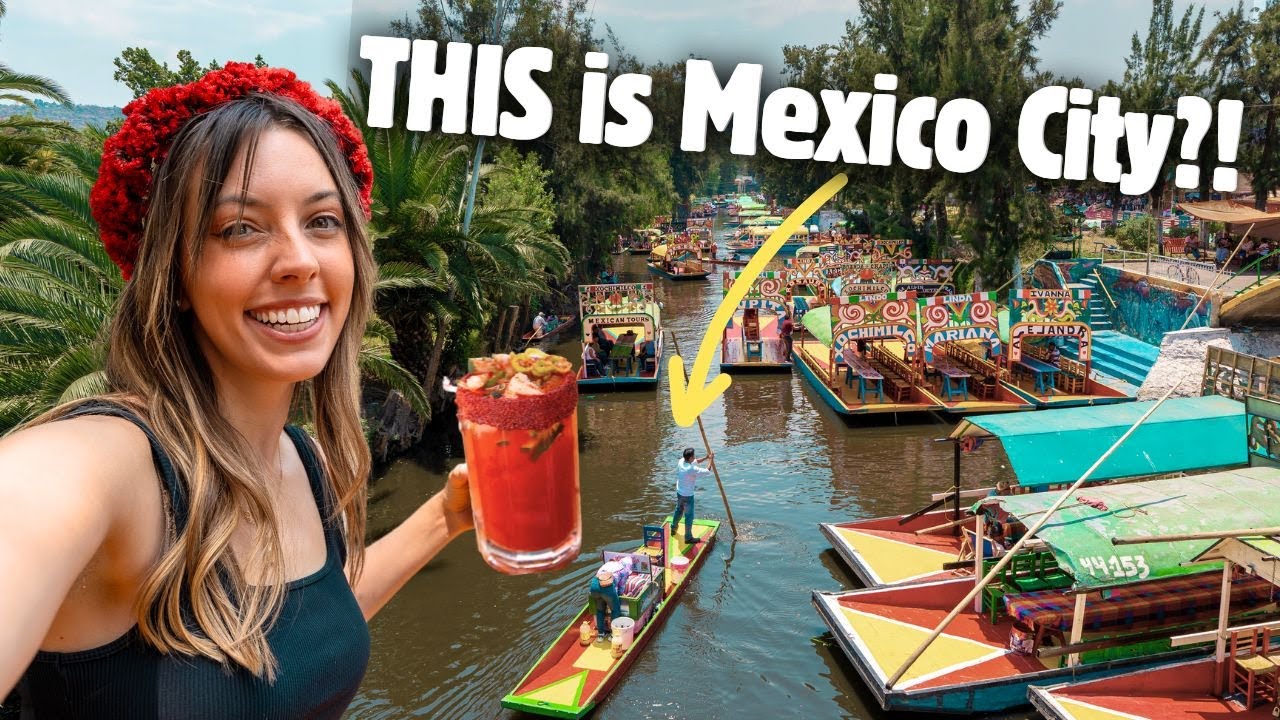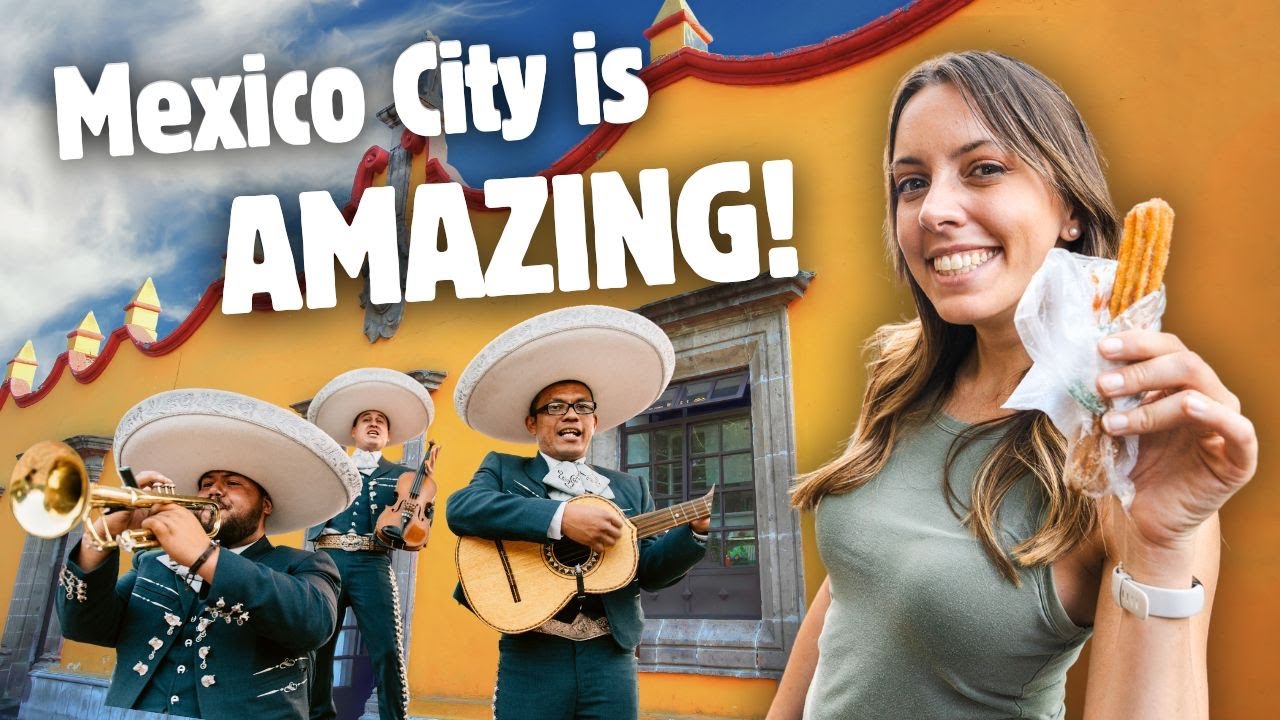TL;DR I’ve been guiding visitors through Xochimilco for years: go early on a weekday, launch from a reputable embarcadero (Belem or Nuevo Nativitas), book a trajinera for 1.5–2 hours, bring cash, sunscreen and a trash bag, and treat the canals as a fragile cultural landscape—not a floating party stage. Follow the practical step-by-step guide below and respect the chinampas and conservation efforts you’ll see (UNESCO; Mexico City government).
Xochimilco Mexico City: Insider Tips for an Unforgettable Floating Gardens Experience
I still remember my first trajinera ride: the wooden boat rocked gently, a vendor sold esquites from another boat, and someone flagged down mariachis. Over the years I’ve returned many times, experimenting with launch sites, times of day, and how long to stay. My goal here is to give you the practical, experience-based guidance I wish I’d had on day one—backed by local and international resources—so you leave Xochimilco with great photos and a clear conscience.
Why Xochimilco matters (and why I take it seriously)

Xochimilco isn’t just a quirky tourist attraction; it’s a living cultural landscape. The chinampas—the man-made agricultural islands—are an ingenious pre-Hispanic system that sustained the Aztec capital (Britannica). The canals and terraces are part of a site listed by UNESCO for their cultural and historical importance (UNESCO).
There’s also an ecological side: the Xochimilco Ecological Park and Canal Boat Launch covers a large area that mixes wetlands, temperate forest and chinampa agriculture, and it’s an important stop for migratory birds. Conservation work here also focuses on the axolotl, the native amphibian emblematic of the canals, which has become a rallying point for preservation efforts (Mexico City government site).
What to expect on the water
Expect colorful wooden trajineras (gondola-like boats), boat captains navigating with long poles, music, floating vendors, and different moods depending on when and where you go. Trajineras are hired by the hour from multiple embarcaderos. Prices and crowd levels vary; many boats include a captain who poles the boat for you (Condé Nast Traveler; TripAdvisor).
Experiences vary: some visitors find Xochimilco charming and culturally rich, others say parts feel overly touristy or crowded (PinaTravels; The Whole World or Nothing). Your outcome depends heavily on timing and choices—so here’s how I optimize mine.
Insider tips from repeated visits
Best time to visit
- Weekday mornings (8:00–11:00): coolest, least crowded, calmer canals. I aim to arrive before 9:00 to enjoy relaxed chinampa views (PinaTravels).
- Avoid major Mexican holidays and weekend afternoons if you dislike loud, busy boats—those can be more like a river party.
- If you want the musical/fiesta vibe, plan for a Saturday afternoon and accept the crowds.
Which embarcadero to choose
- Embarcadero Belem: photogenic, well-located for many visitors and frequently recommended as a good starting point (Condé Nast Traveler).
- Embarcadero Nuevo Nativitas: a major launch point where trajineras can be rented per hour; it’s a practical option if you want flexibility (TripAdvisor).
- Xochimilco Ecological Park launch: quieter, with more focus on conservation and space for walking—good if you want to combine a canal ride with learning about the environment (Mexico City government site).
Negotiation & pricing
- Trajineras are typically rented by the hour; negotiate the total price before boarding. Confirm whether the captain fee is included.
- Bring cash (pesos). Small bills are useful for paying captains, vendors, and tipping musicians.
- Be firm but polite when bargaining—locals are used to negotiating with visitors.
What to bring (I never forget these)
- Cash in small denominations (food, tips, vendors).
- Sunscreen, hat and sunglasses—shade is limited on the trajineras.
- Light jacket for evenings or windy days.
- Reusable water bottle and a small bag to pack out any trash—chinampas are fragile and I always carry a trash bag to set a good example.
- Bug spray for the canal edges, especially in spring and summer.
Food, drink, and entertainment
Floating vendors offer tacos, esquites, fruit, beer and micheladas. Many trajineras bring coolers and picnic-style meals. Musicians row up to play for a fee; decide your budget for music before they arrive. If you bring your own food and alcohol, respect the boat captain’s rules—some captains prohibit glass or excessive drinking.
Safety and respect
- Stick with a licensed embarcadero when possible; it reduces the chance of being overcharged.
- Don’t lean over the edge or throw anything into the canals—trash and chemical runoff are serious threats to the ecosystem and the axolotl (Mexico City government site).
- If you feel pressured by aggressive vendors, move to another boat or head back to shore.
How to visit: quick comparison
| Option | Typical Cost | Best For | Vibe & Control |
|---|---|---|---|
| Self-guided via public transport | Low (transport + boat rental) | Independent travelers on a budget | Flexible but requires more planning |
| Guided group tour | Medium–High (includes guide/transport) | First-time visitors who want logistics handled | Informative but less flexible, can be crowded |
| Rent from major embarcadero (e.g., Nuevo Nativitas) | Variable (hourly rates) | Small groups wanting to manage time | High control; choose route and pace |
| Private hire / longer charter | High | Special occasions or larger groups | Most comfortable, best for evening fiestas |
Practical Guide
Below I break down the steps I follow every time I take friends or clients to Xochimilco. These are concrete, actionable steps you can copy.
- Plan your timing. Choose a weekday morning for calm canals or a weekend afternoon for the party vibe. I pick 08:00–09:00 arrivals to beat the heat and crowds.
- Decide how to get there. Public transport (Metro + light rail/bus) is cheaper; taxis or app-based rides (Uber/Didi) are faster. If you take public transport, check current routes and safety advisories first.
- Choose an embarcadero. If you want convenience and multiple boat options, go to Nuevo Nativitas or Embarcadero Belem. For quieter, conservation-focused experiences, consider the Xochimilco Ecological Park launch (TripAdvisor; Condé Nast Traveler; Mexico City government site).
- Rent your trajinera. Confirm the hourly rate, captain fee, and whether music or extras are included. Ask how long your route will be and whether loops return you to the same dock.
- Pay & tip reasonably. Bring pesos. Tip the captain modestly if they navigate well and help load/unload. Tip musicians separately if you request songs.
- Bring essentials on board. Water, sunscreen, trash bag, and any food in non-breakable containers. Avoid glass.
- Respect the environment. Don’t throw trash in the canal, don’t disturb flora or fauna, and keep noise at a reasonable level in quieter sections. Conservation efforts for axolotls and chinampas are ongoing (Mexico City government site).
- Know when to cut your trip short. If conditions turn rowdy, the canal narrows, or you feel uncomfortable, ask the captain to head back to the embarcadero early.
- Combine your visit. Walk around the town of Xochimilco, visit local markets, or the ecological park after your ride to get cultural and natural context (Condé Nast Traveler).
- Share responsibly. If you post photos, remember Xochimilco is a living landscape—frame locals respectfully and avoid glorifying behaviors that damage the site.
Suggested itineraries
Half-day (best for most visitors)
- 08:00 — Arrive at Embarcadero Nuevo Nativitas or Belem.
- 08:30–10:00 — 1.5-hour trajinera ride through quieter canals.
- 10:15 — Short market walk; try local breakfast snacks like tamales or esquites.
- 11:00 — Visit a chinampa or the ecological park if time allows.
Full-day (immersive)
- 08:00 — Boat ride (2 hours) with picnic-style lunch on the trajinera.
- 11:30 — Walk through the town and artisan markets.
- 13:00 — Visit the Xochimilco Ecological Park to learn about conservation and the axolotl programs (Mexico City government site).
- 15:00 — Explore local museums or relax at a café before heading back to the city.
Where else to go nearby
Xochimilco town offers local markets, traditional crafts and small restaurants where you can taste canal-side cuisine. The Xochimilco Ecological Park is adjacent to the canals and offers interpretive trails that explain chinampa agriculture and wildlife conservation (Mexico City government site). If you’re interested in broader historical context, the valley’s pre-Hispanic systems are discussed in global references like Britannica and UNESCO’s site, which help you appreciate the whole cultural landscape (Britannica; UNESCO).
FAQs
Is Xochimilco worth visiting?
Yes—if you go with realistic expectations. It’s part cultural landscape, part tourist attraction. Go early for a peaceful, photogenic experience or accept the lively scene if you want music and vendors. The place’s value increases when you pair a boat ride with visits to the ecological park and chinampa areas (UNESCO; Mexico City government site).
How much does a trajinera cost?
Prices vary by embarcadero and season. Many trajineras are rented hourly; expect to negotiate. Check the price before boarding and confirm whether the captain’s fee and extras (music, food) are included (TripAdvisor; Condé Nast Traveler).
Can I take my own food and drinks?
Yes, but avoid glass bottles and respect the captain’s rules. Many groups bring coolers and picnic supplies. Also consider buying food from local floating vendors to support the local economy.
Is Xochimilco safe?
Generally safe for daytime visits from reputable embarcaderos. Use common-sense precautions: keep valuables close, travel with others when possible, and avoid isolated canals after dark. If you feel pressured by aggressive vendors, move boats or return to shore.
How long should I spend there?
For most visitors, 2–4 hours is ideal: one to two hours on a trajinera plus time for walking and food. Full-day options let you explore the ecological park and local markets more deeply (PinaTravels).
Are the canals natural or man-made?
The canals partly follow ancient lake and irrigation systems; chinampas are man-made agricultural islands constructed by pre-Hispanic people and were a major food source for Tenochtitlán (Britannica). The current canal network is a legacy of those systems and has been adapted over centuries.
What wildlife might I see?
You may see many birds, insects and the plants that define the chinampas. The axolotl is the region’s emblematic species and a focus of conservation, though seeing one in the wild is rare and dependent on conservation success (Mexico City government site).
Is Xochimilco UNESCO-listed?
Yes. The Historic Centre of Mexico City and Xochimilco is inscribed as a World Heritage site for its cultural landscape and historical importance (UNESCO).
Final thoughts
I recommend treating Xochimilco as a layered experience: enjoy the color and music, but also set aside time to learn about the chinampas, the ecological work to protect axolotls and migratory birds, and the people who still farm these islands. My best days at Xochimilco have balanced photography, food, a respectful slow boat ride, and a quiet walk at the ecological park. Do that, and you’ll have an unforgettable visit.
If you want, tell me your travel dates and group size and I’ll sketch a tailored plan (dock recommendation, estimated costs, and the best time to go).
Martin Weidemann is a digital transformation expert and entrepreneur with over 20 years of experience leading fintech and innovation projects. As a LinkedIn Top Voice in Digital Transformation and contributor to outlets like Forbes, he now brings that same expertise to travel and mobility in Mexico City through Mexico-City-Private-Driver.com. His focus: trustworthy service, local insights, and peace of mind for travelers.



